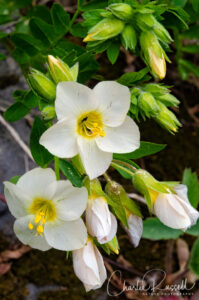
Blair Lake Meadow is a wildflower hot spot in the Willamette National Forest in Oregon that is well worth a visit in the spring. You will traverse many miles of rough forest service roads to get there, but if you time it right you’ll find an amazing display of shooting stars, along with many other wildflowers.
This is a fantastic meadow, right by the road, with masses of shooting stars. It’s a wet meadow, so it can be muddy, but in June we were able to cross the meadow without getting wet.
The Flowers
Here’s a sample of a few of my favorites from this hike.
The star of the show was the Sierra shooting star (aka Jeffrey’s shooting star). The meadow had more shooting stars than I think I’ve seen on any hike.

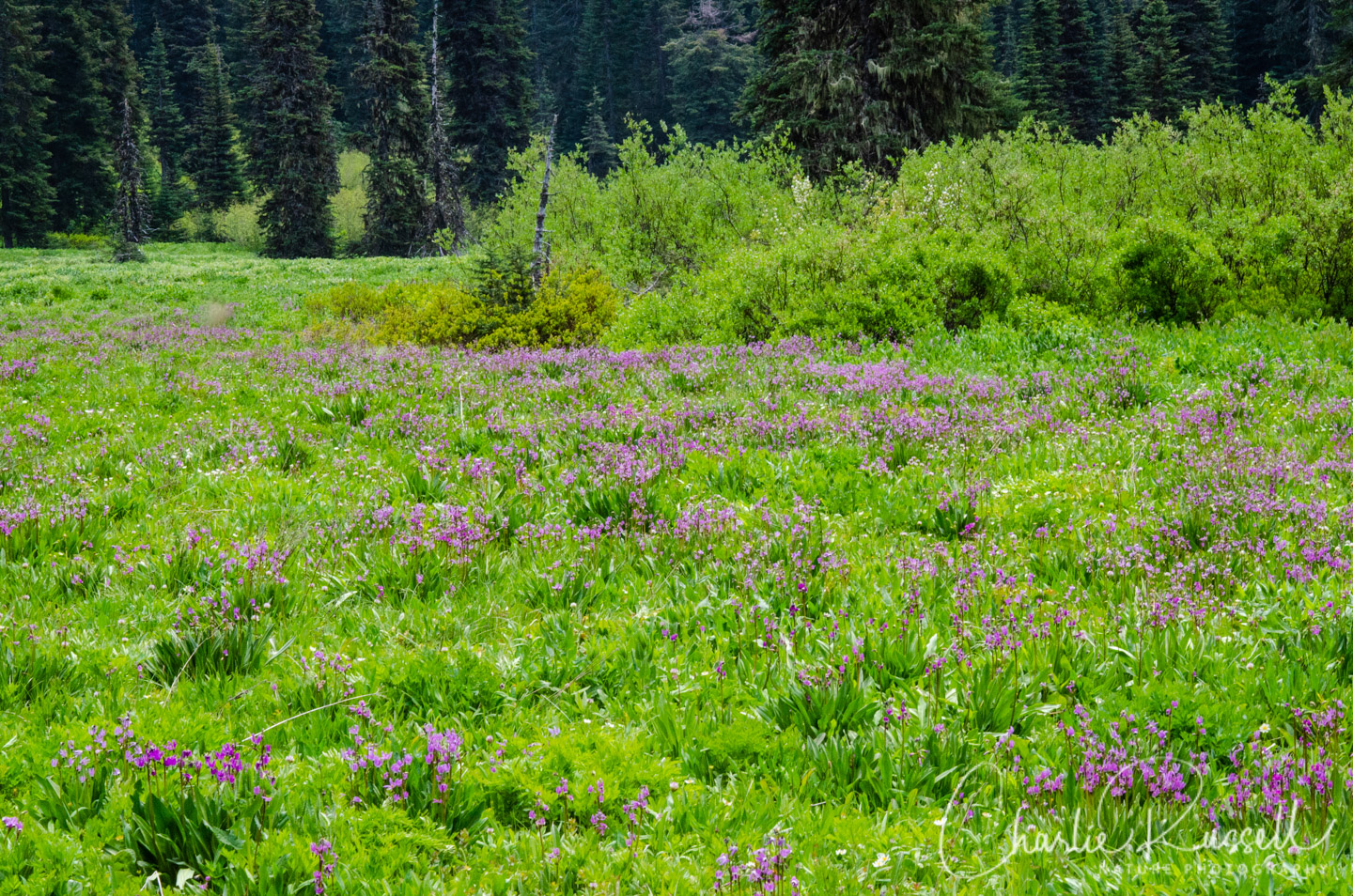
Another very common flower here (although not in big masses) was Menzies’ larkspur.
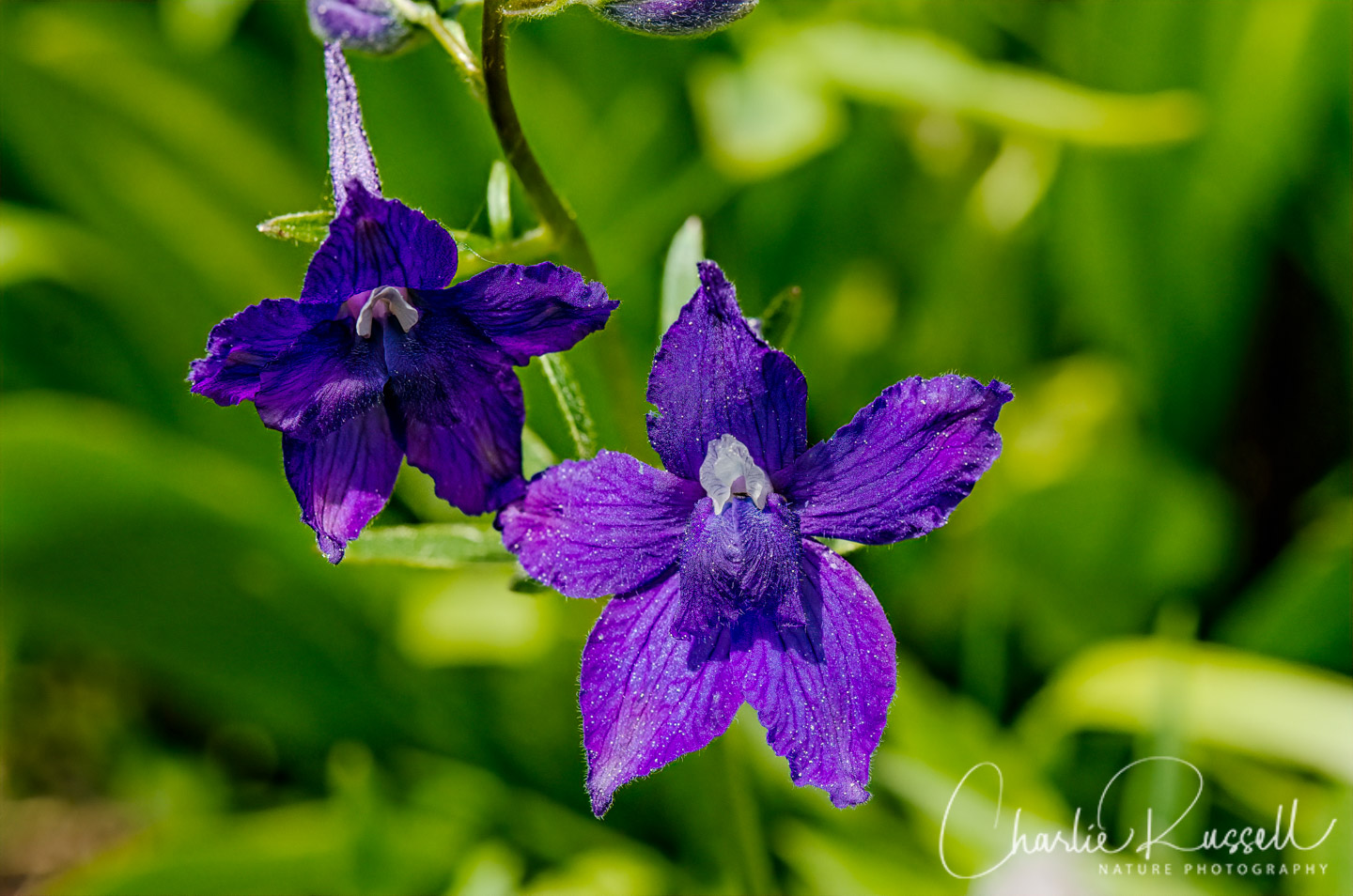
On the edges of the meadow there were several kinds of flowering bushes, including several species of huckleberries, and twinberry.
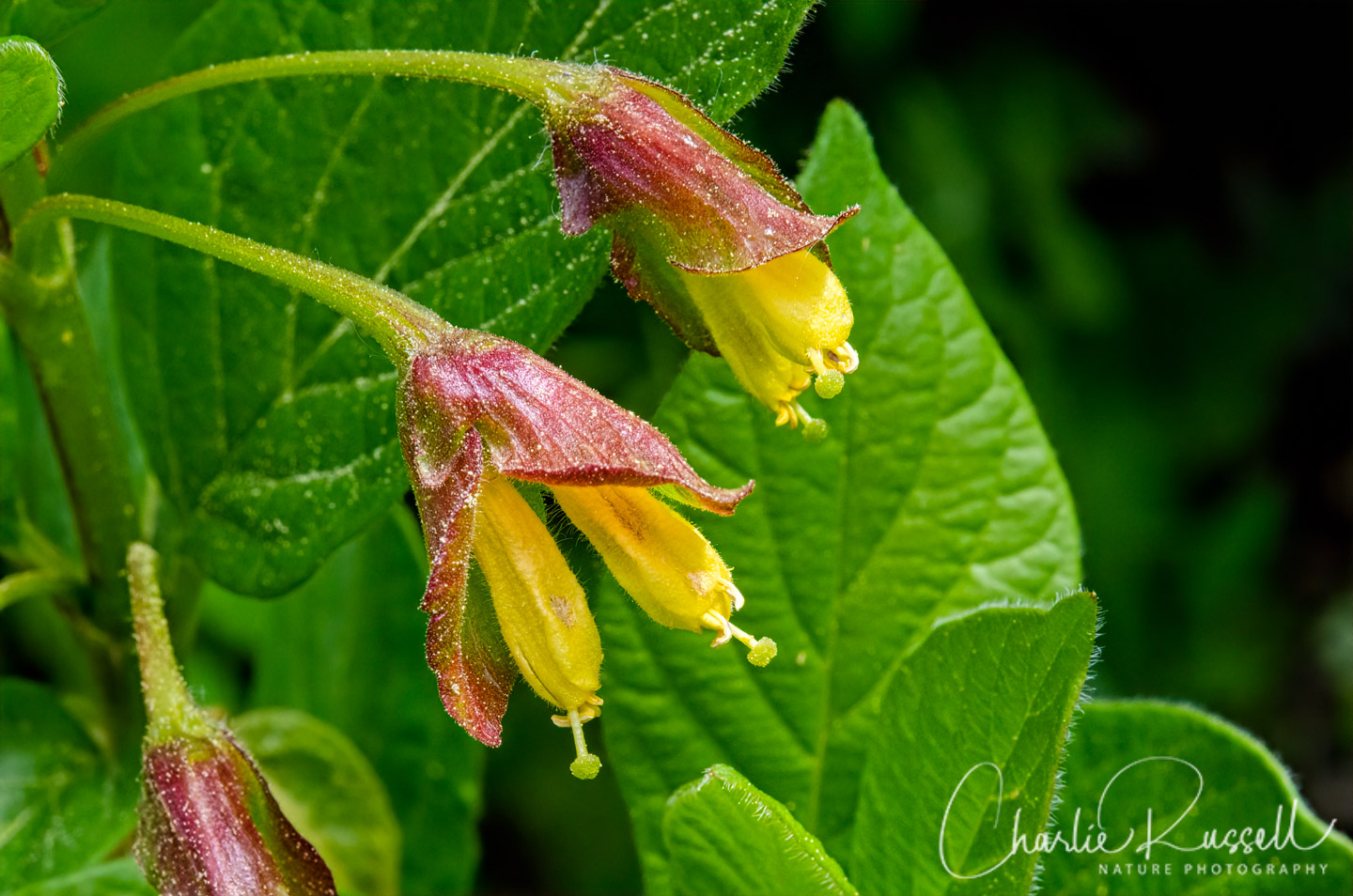
Moving past the meadow onto the hillside, Western trillium was very common. White in the early stages, fading to purple as they get older.
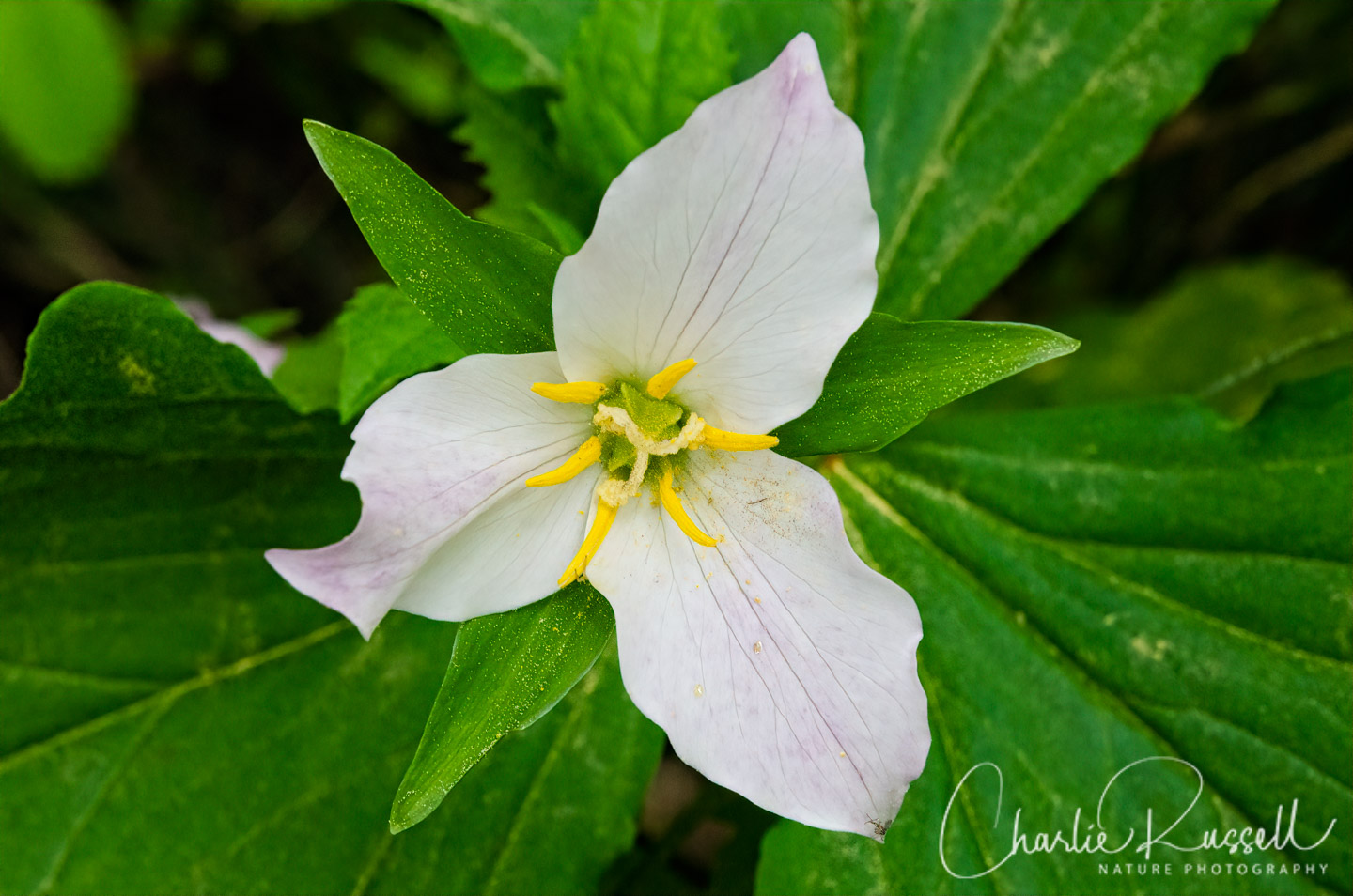

For the best viewing experience, click on the lightbox image below, and you can scroll through larger versions of the photos of many of the plants (and other things) that we found on this hike. All photos are available for purchase in a variety of formats.
The Hike
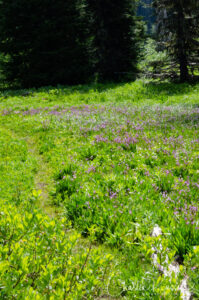
The hike that we took was about 3 miles out and back. The most interesting part, though, was in the first half mile, in the meadow. Wildflowers start right as you get out of your car, and as you take the trail through the meadow it just keeps getting better and better!
After a half mile, the trail climbs up into the forested hillside. You’ll be wading through masses of Bear grass, which is starting to crowd out many of the other plants in the area. The Bear grass was just starting to bloom, there should be quite a good display later in the season. Keep an eye out for colorful Trillium, several kinds of interesting mushrooms, and multiple varieties of huckleberries.
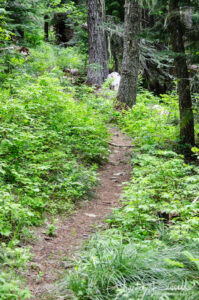
The notes that I had from other sources about this hike talked about a “rocky point” that had great views and a different selection of wildflowers. We found this point, but the trees have grown so much that they obscure the view. And this was a dry year, so we didn’t find many wildflowers in that site. We decided to turn around at that point, but in hindsight I wish we had continued further on. Later I found that if we had gone just another half mile along the trail we wold have come to the “Beal Prairie”, another Alpine meadow that is a bit drier than Blair Meadow, which might have had a different collection of wildflowers.
Here’s the track that we followed:
Blair Lake Trail
Profile
Move your mouse along the elevation graph to show the location on the map. The Refresh icon will re-center the map. The Expand icon will expand to full screen.
Directions
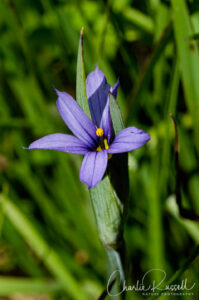
The trailhead is approximately 53 miles east from Highway 5 south of Eugene. Take highway 58 east from highway 5 towards Willamette City. At about 37 miles turn left (north) onto Crestview street, heading towards Oakridge. Turn right onto 1st street a block after crossing the railroad tracks.
As you leave town, 1st street becomes Salmon Creek Road (also known as Forest Road 24). You’ll follow this for 10 miles from the point where you joined 1st street. Look for Forest Road 1934 on your left. At 1.9 miles there is a junction in the road, stay left (still on FR 1934). Another 5.5 miles further in there is a junction with Forest Road 733 – turn right onto FR 733. After 1.3 miles there is a junction, with a sign that points towards Blair Lake Campground on the right. Turn left, the trailhead is just 0.2 miles further along.
Note that the majority of the forest roads were gravel/dirt, and were very rough and “washboardy”. Take it slow. You don’t need a four wheel drive vehicle as long as the roads are dry (which they were). I suggest using a service like Google Maps to get to the meadow, as there can be some branches that might be confusing. Download the map to your phone, though, as you probably won’t have data coverage out this far in the forest.
We didn’t investigate the campground area, which is right on the edge of Blair Lake. There may be additional interesting wildflowers there! The lake is 35 acres in size and 20 feet deep, and it is stocked with brook and rainbow trout. There are vault toilets at the campground.
Timing is Everything
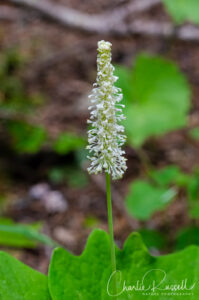
This visit was in early June of a relatively dry Spring. The weather was perfect for hiking, in the low 70’s, with very few clouds. If you come earlier you take a chance on getting some snow. The shooting stars were just past their peak, so it might have been better to come earlier, but it might be wetter then and harder to cross the meadow. The trail was relatively dry, with some muddy spots to dance around, but we didn’t get too wet. There were mosquitoes, but they weren’t too bothersome in the middle of the day.
Blair Lake Meadow Wildflower Listing
Here’s a listing of the native plants that we found on this visit.
- Alpine Speedwell (Veronica wormskjoldii)
- American bistort (Bistorta bistortoides)
- American vetch (Vicia americana)
- Anemone lyallii or Anemone deltoidea
- Bear grass (Xerophyllum tenax)
- Bitter Cherry (Prunus emarginata)
- Cascade oregon grape (Berberis nervosa)
- Drummond’s Cinquefoil (Potentilla drummondii)
- Dwarf bilberry (Vaccinium cespitosum)
- Fendler’s waterleaf (Hydrophyllum fendleri)
- Gorman’s buttercup (Ranunculus gormanii)
- Idaho blue-eyed grass (Sisyrinchium idahoense var. idahoense)
- Largeleaf sandwort (Moehringia macrophylla)
- Long stalked clover (Trifolium longipes)
- Marsh marigold (Caltha leptosepala)
- Menzies’ larkspur (Delphinium menziesii)
- Oregon polemonium (Polemonium carneum)
- Pacific bleeding heart (Dicentra formosa)
- Sierra shooting star (Primula jeffreyi)
- Sitka Valerian (Valeriana sitchensis)
- Sticky Currant (Ribes viscosissimum)
- Stream violet (Viola glabella)
- Tall bluebells (Mertensia paniculata)
- Trailing gooseberry (Ribes binominatum)
- Twinberry (Lonicera involucrata)
- Vanilla leaf (Achlys triphylla)
- Western dog violet (Viola adunca)
- Western meadowrue (Thalictrum occidentale)
- Western red baneberry (Actaea rubra)
- Western Serviceberry (Amelanchier alnifolia)
- Western trillium (Trillium ovatum)


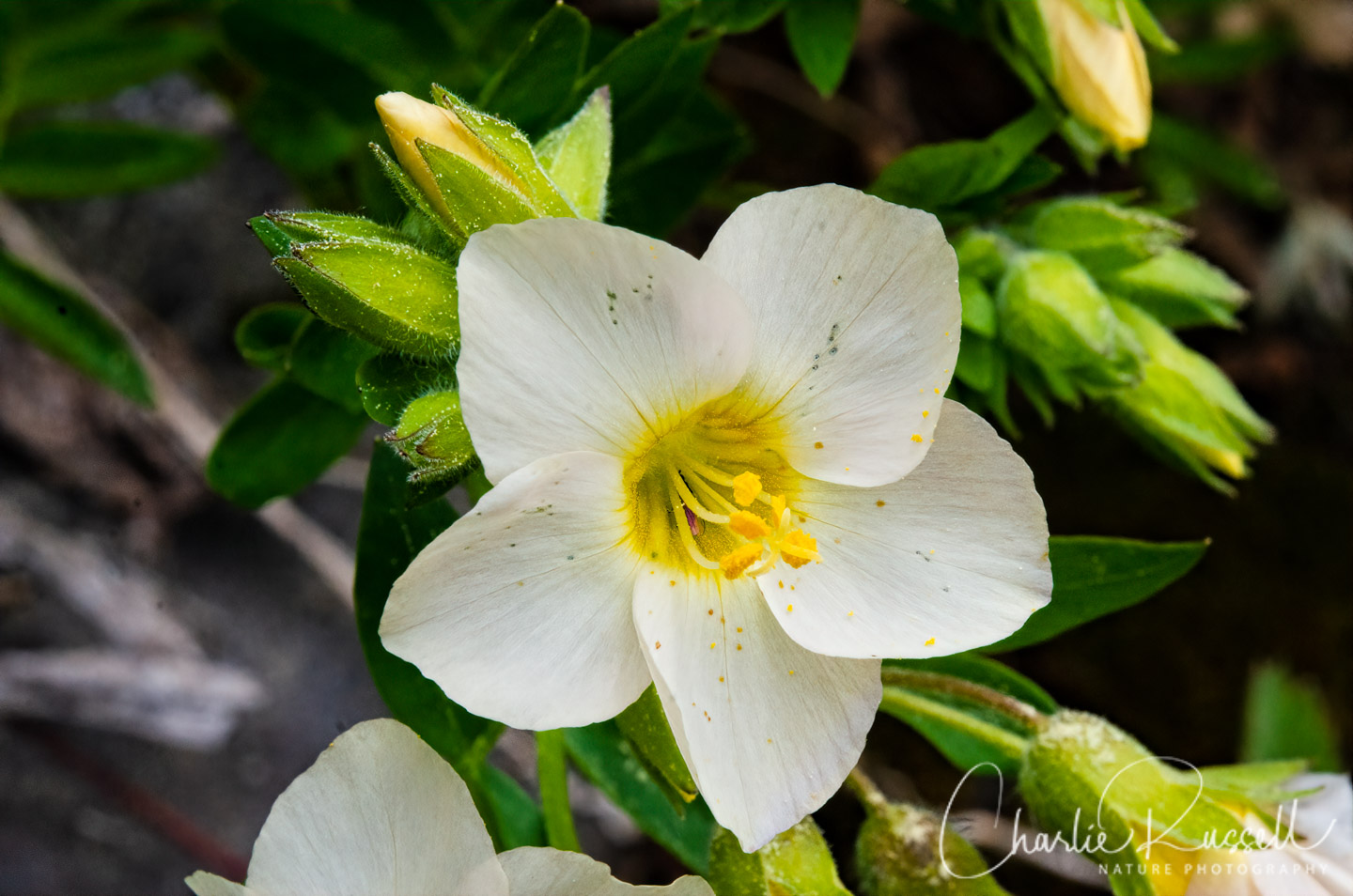
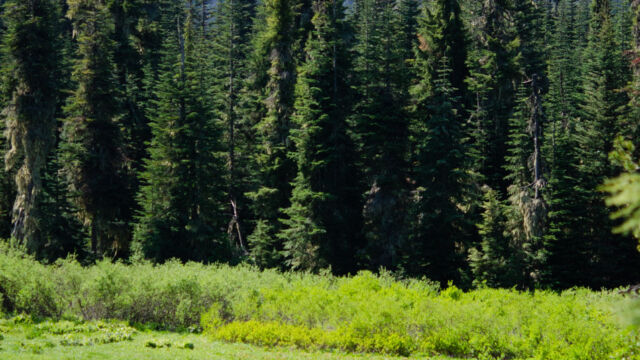
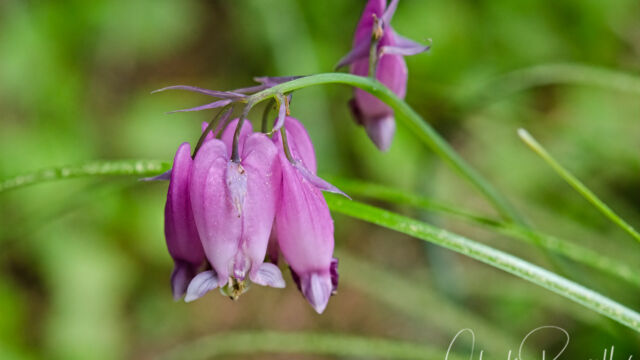
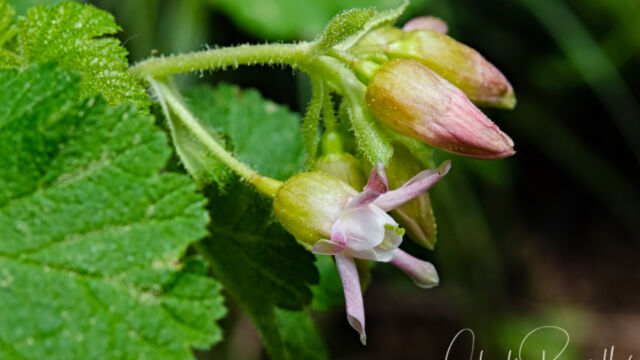
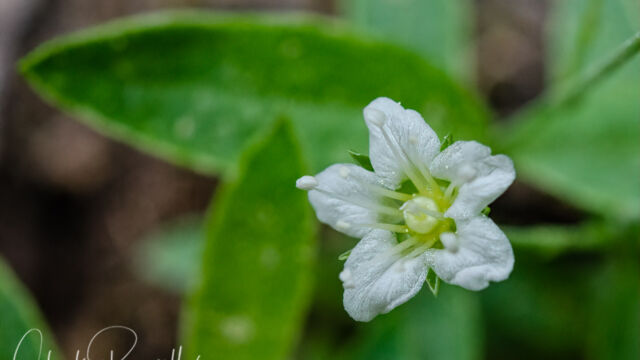
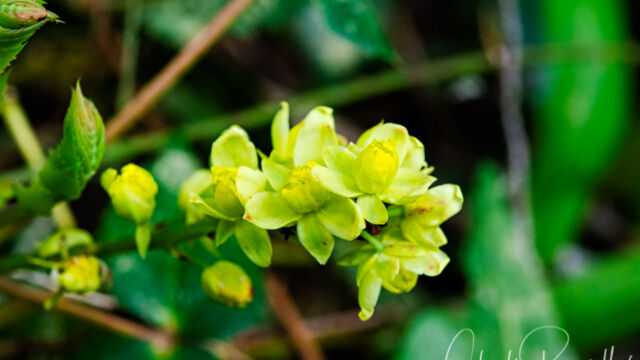
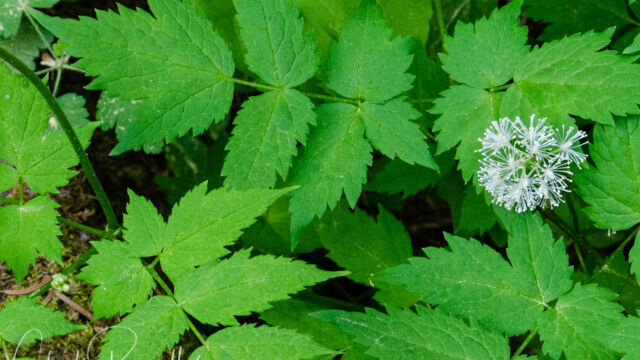
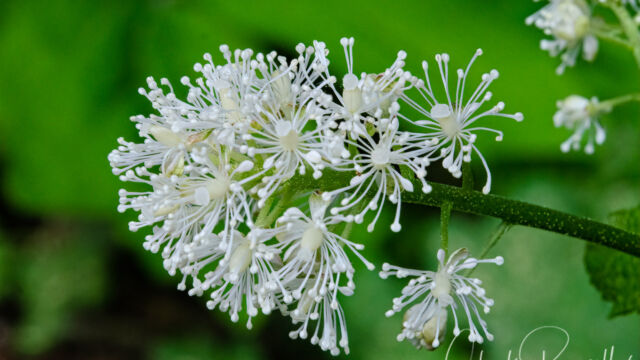

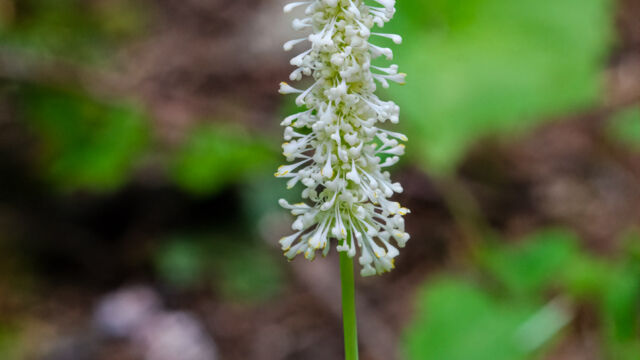
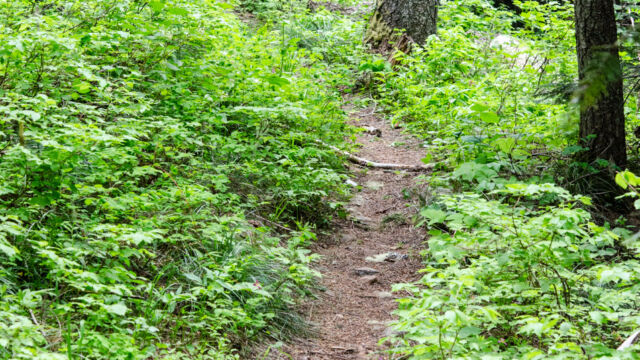
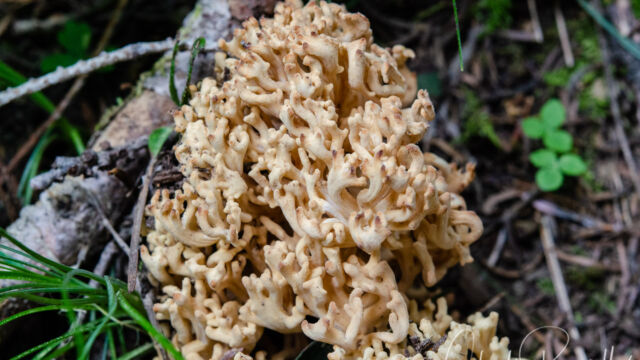
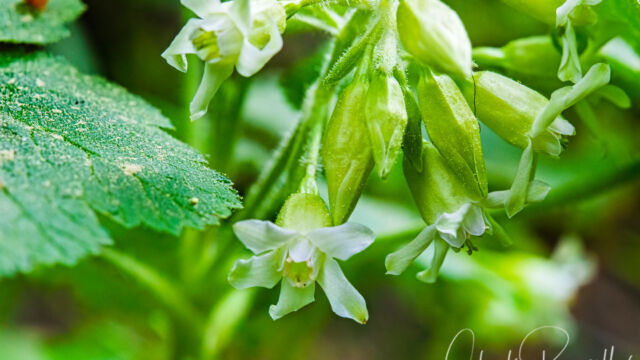

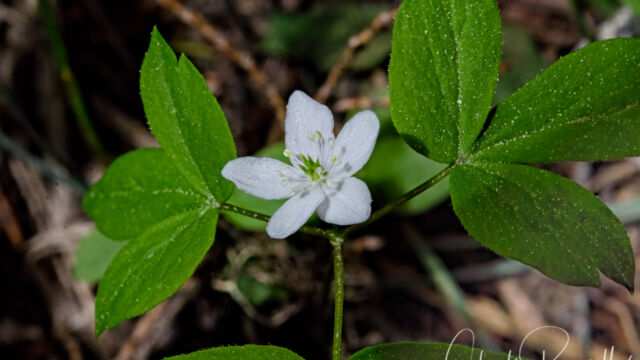
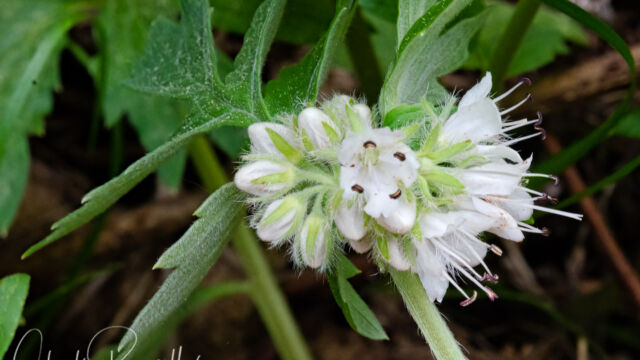
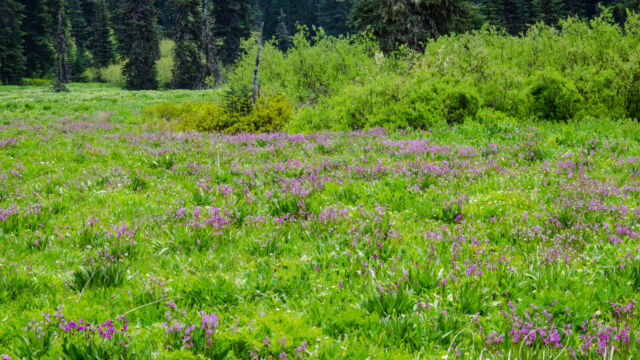
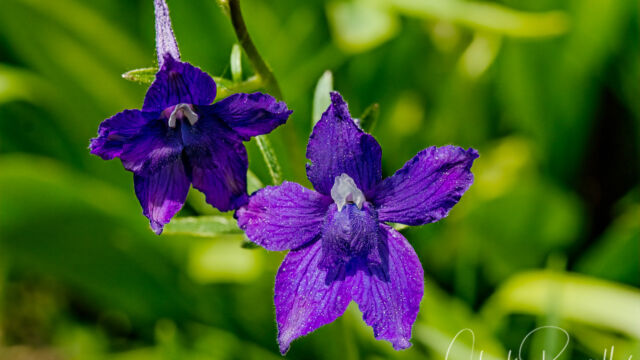
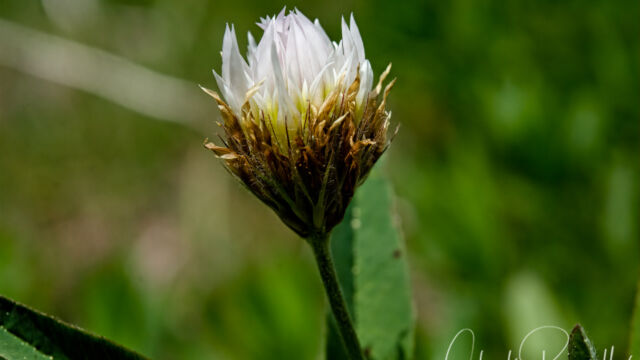


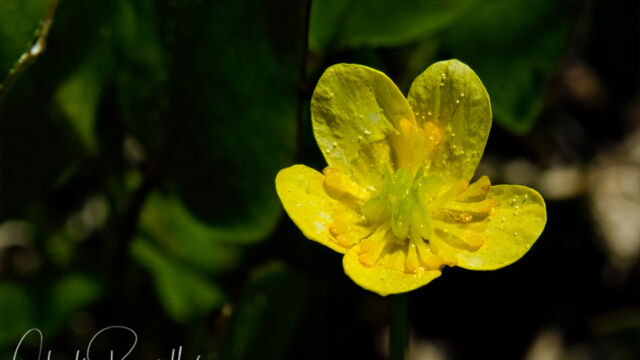
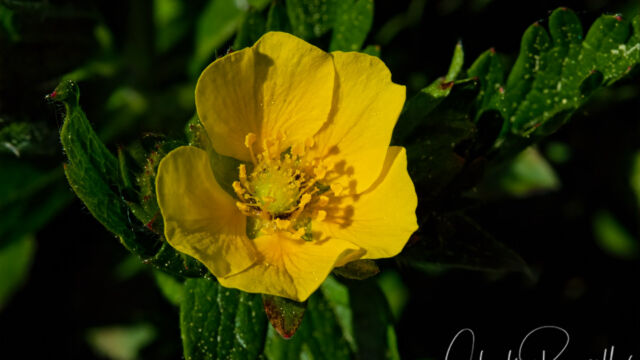
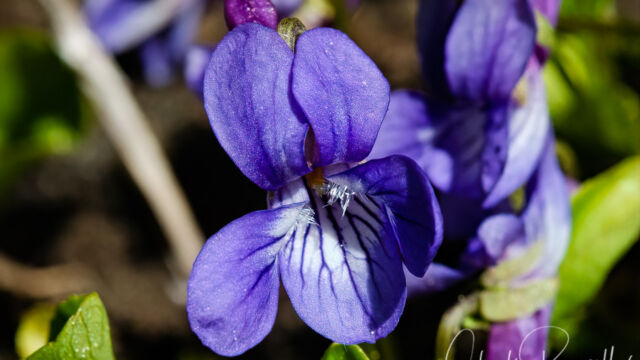
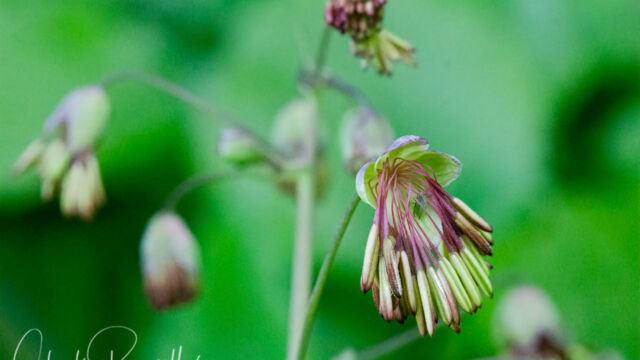

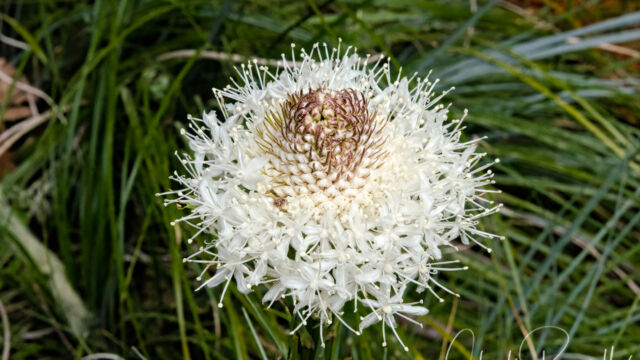
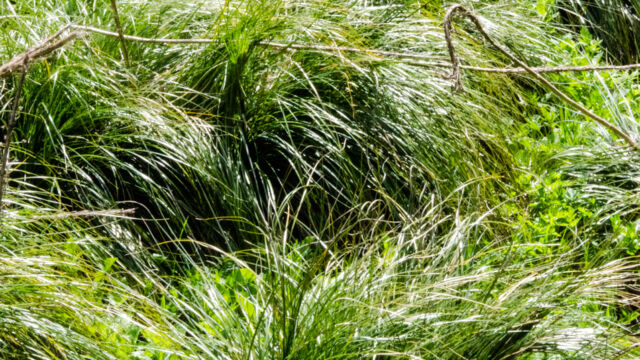
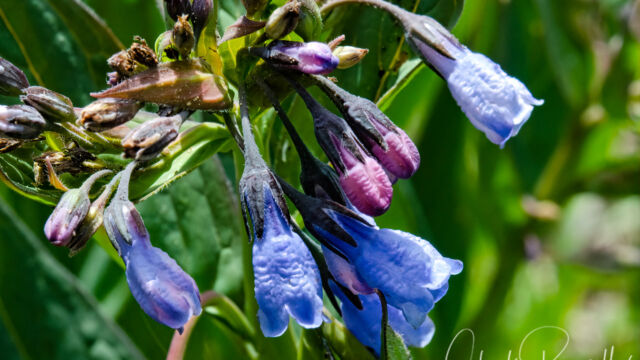
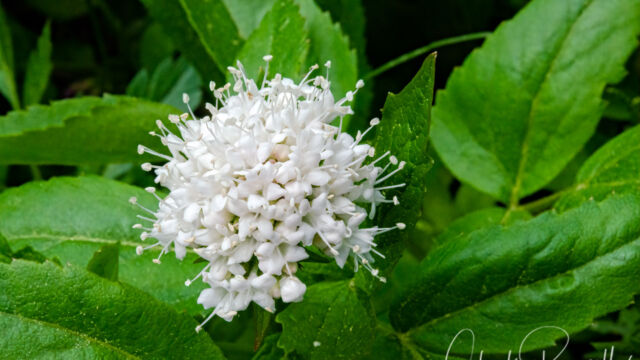

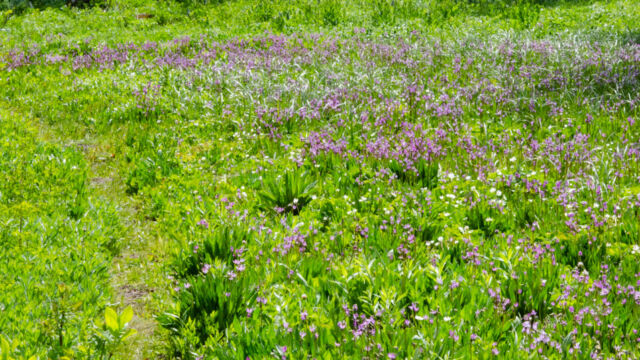
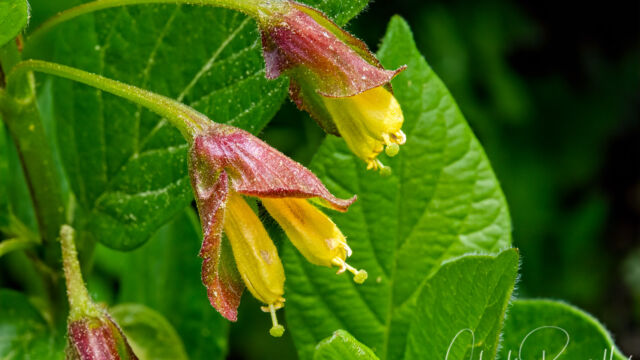
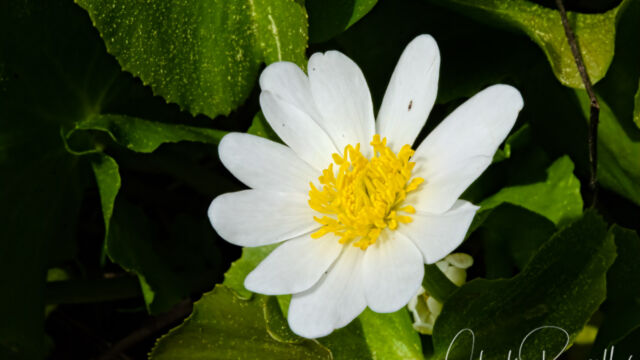
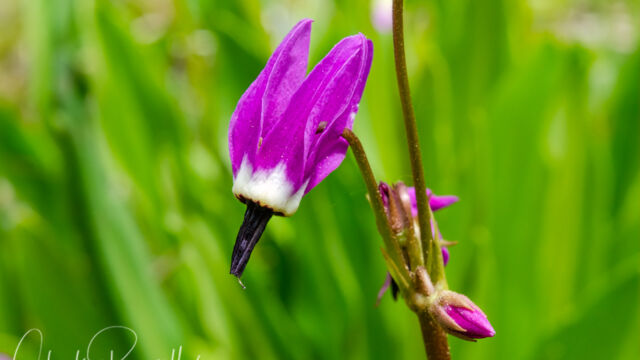
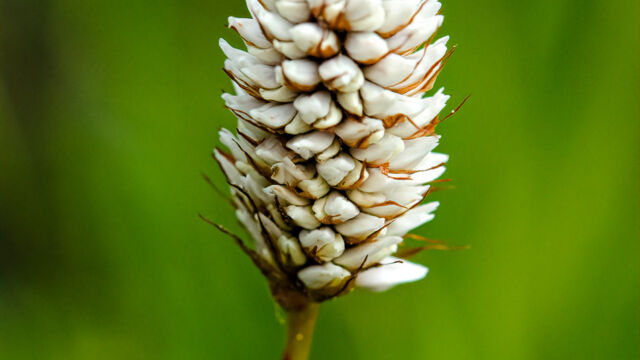
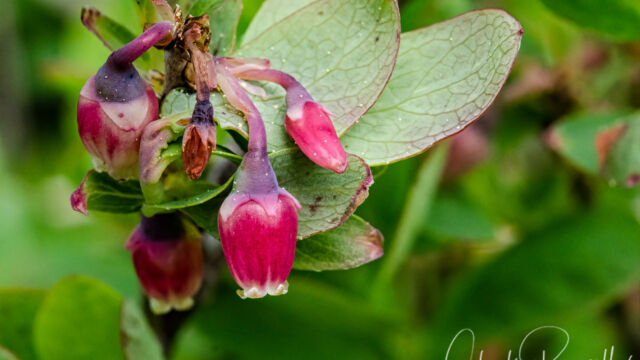
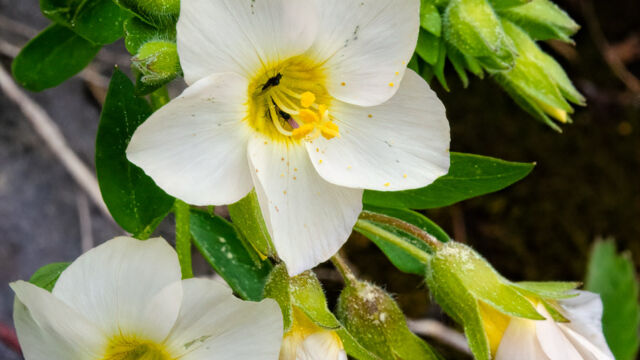


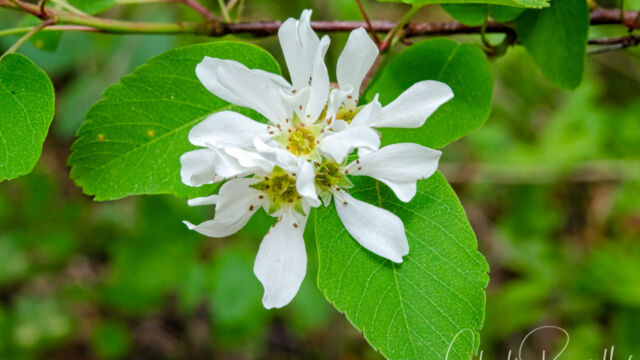
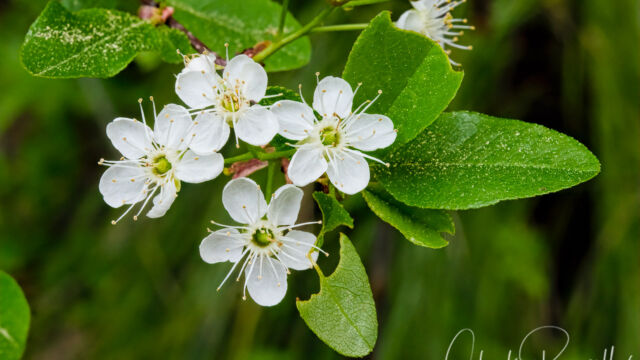
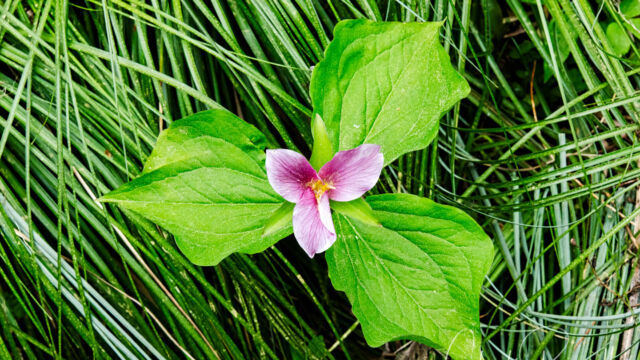
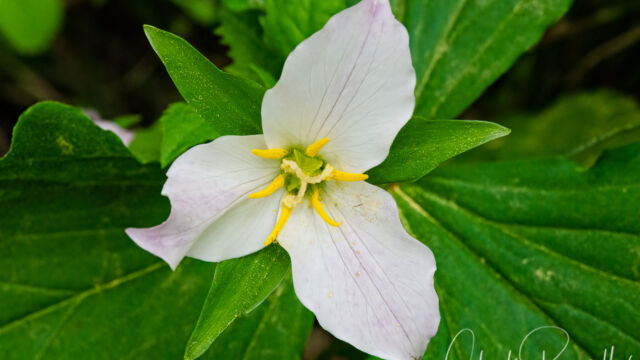
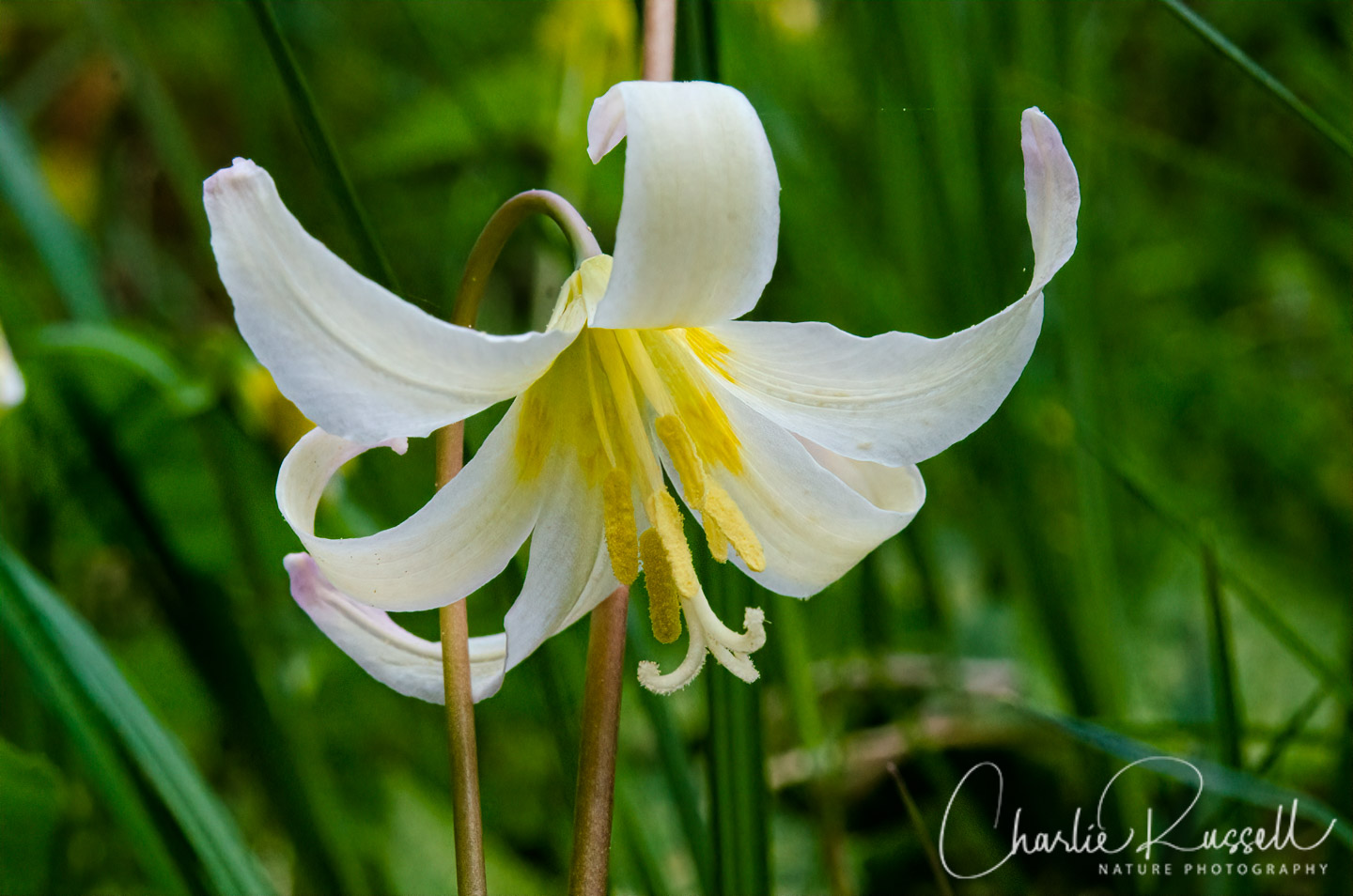
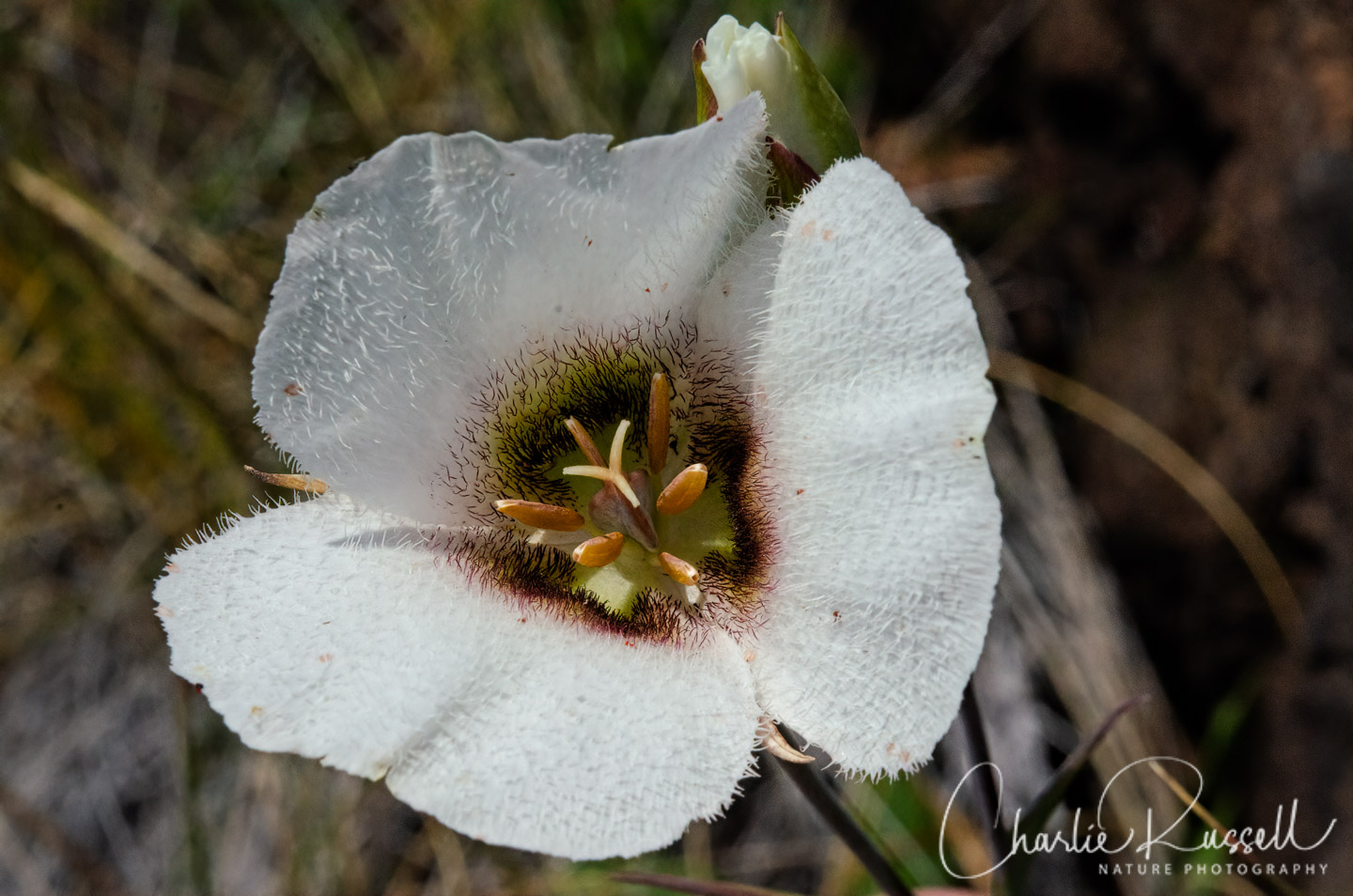
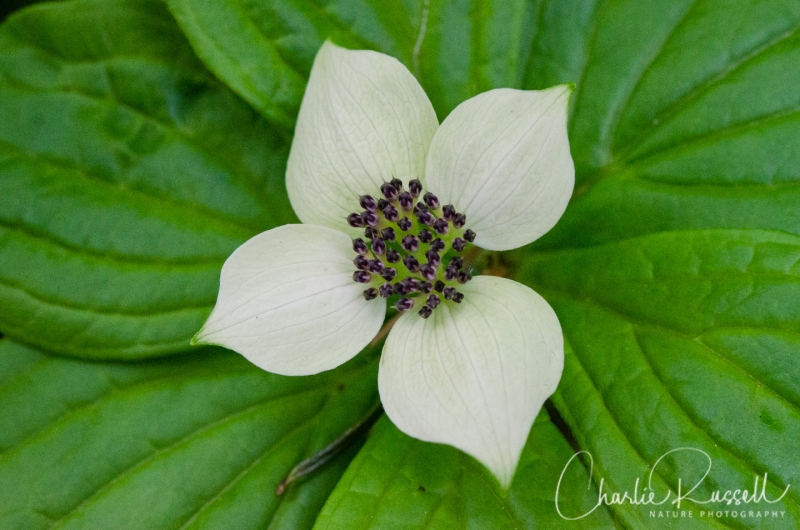
Add comment